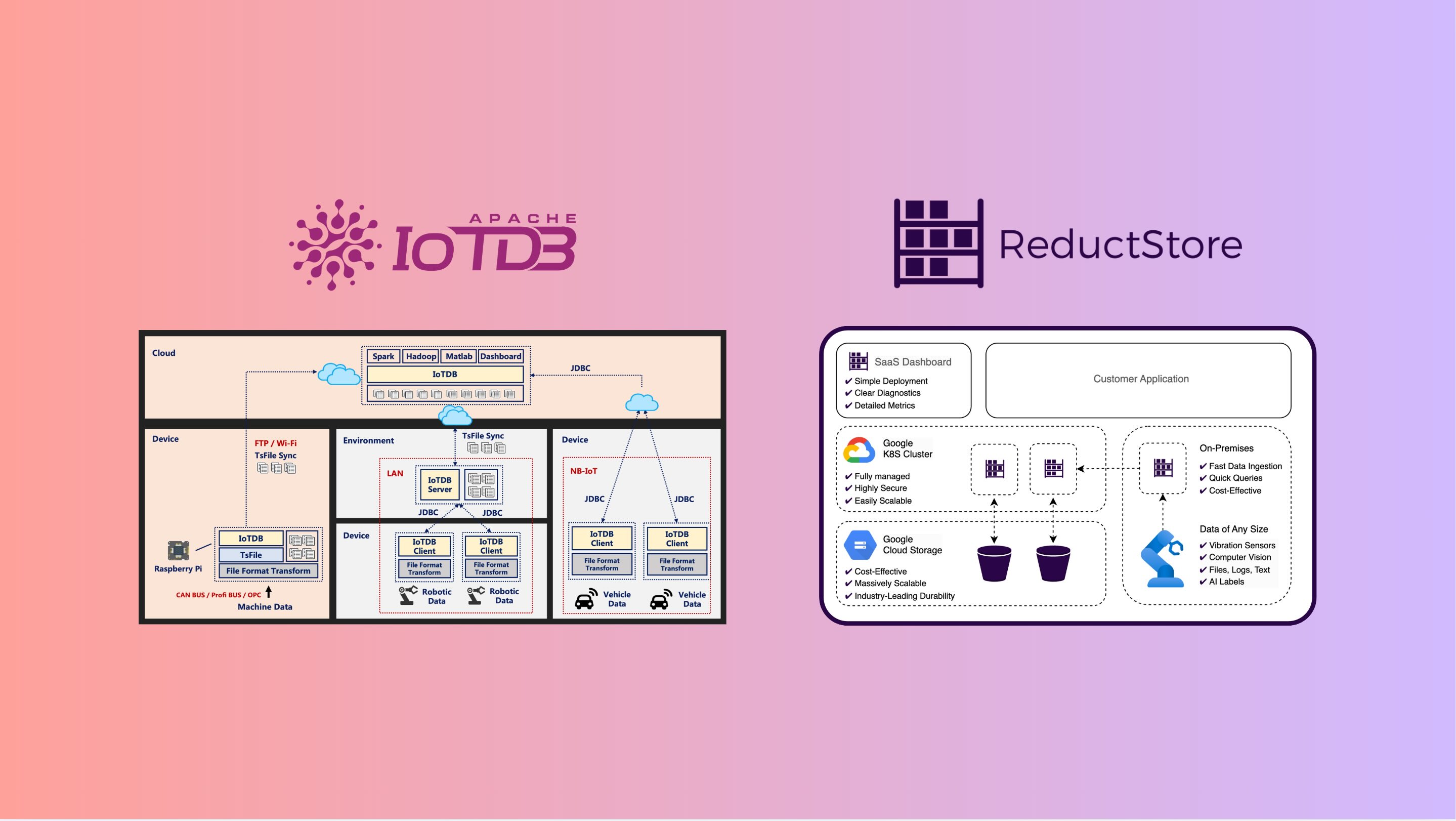ReductStore vs. MongoDB: Which One is Right for Your Data?

With the rapid expansion of data-driven applications, choosing the right database for your workload has never been more crucial. As data complexity increases, so do the number of specialized solutions. ReductStore, as we've covered before, is a powerful alternative for handling time series unstructured data, but it's not the only player in the space. MongoDB, one of the most widely used NoSQL databases, also offers an effective solution for managing large-scale data. However, each has their own key areas of strength. In this article, we'll break down the differences between ReductStore and MongoDB, and help you determine which is best suited for your needs.

